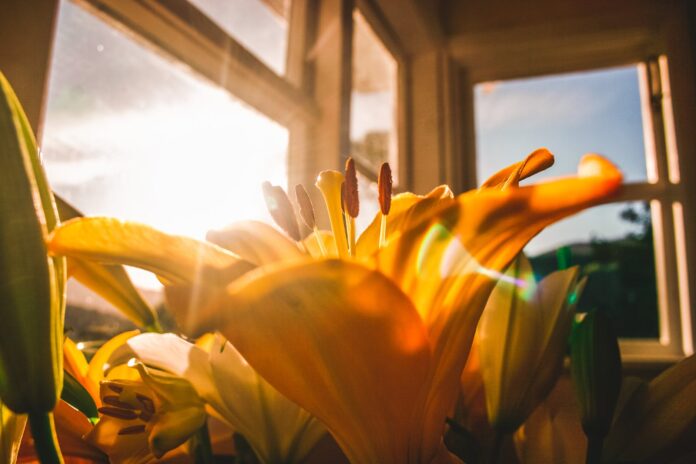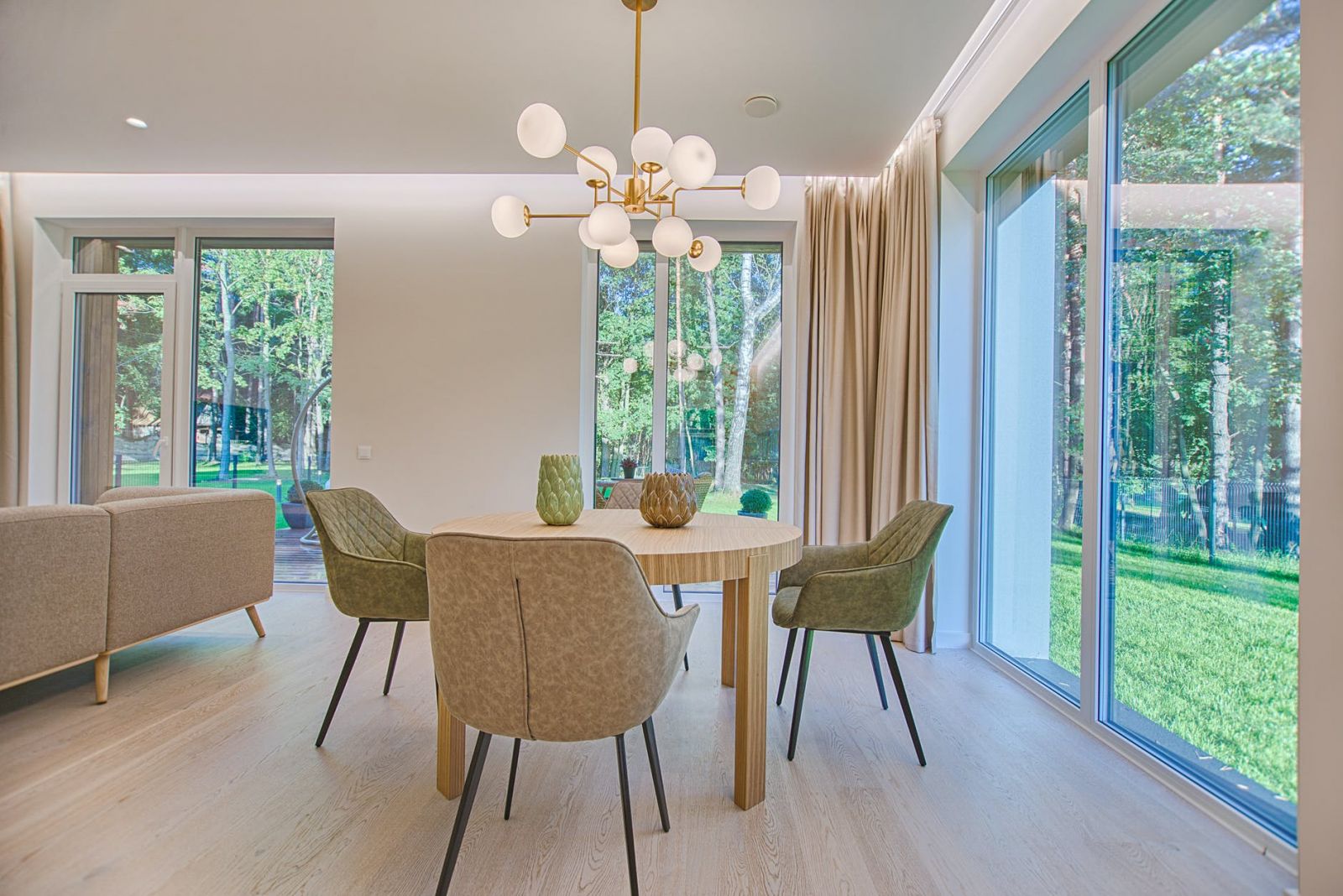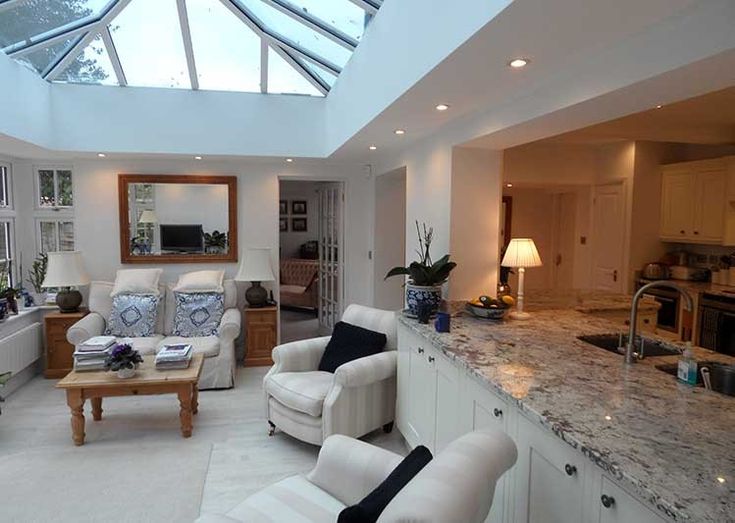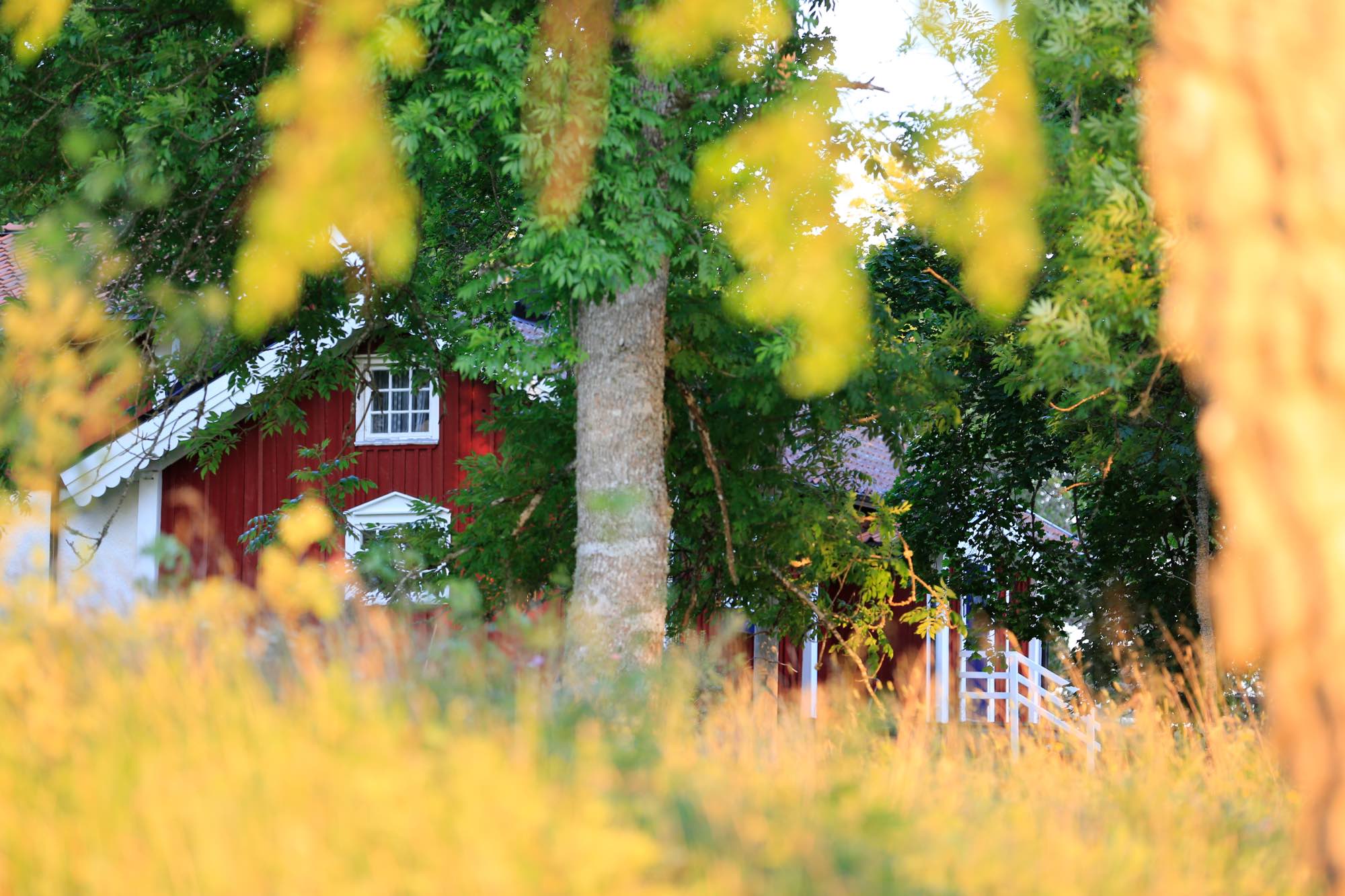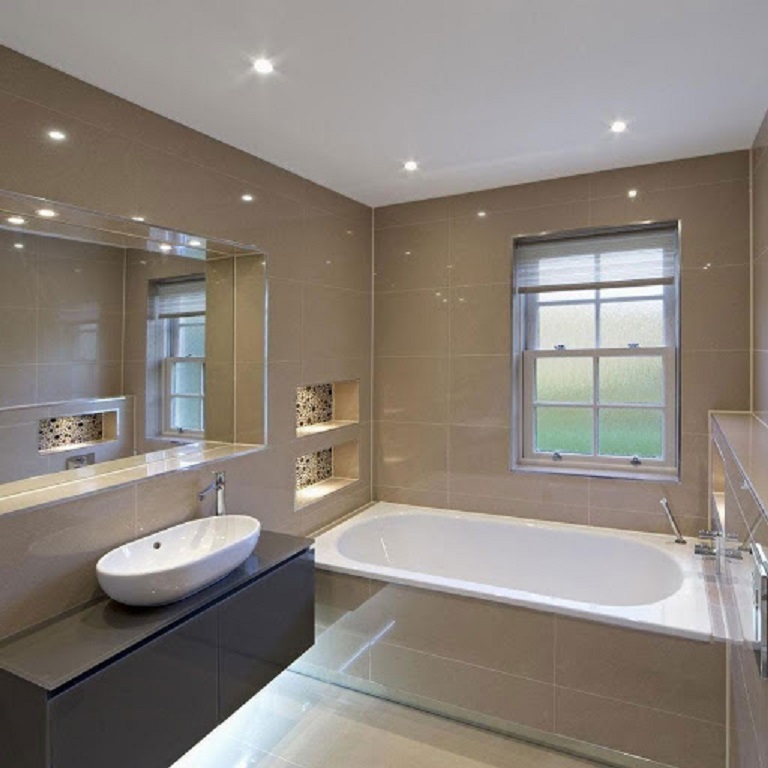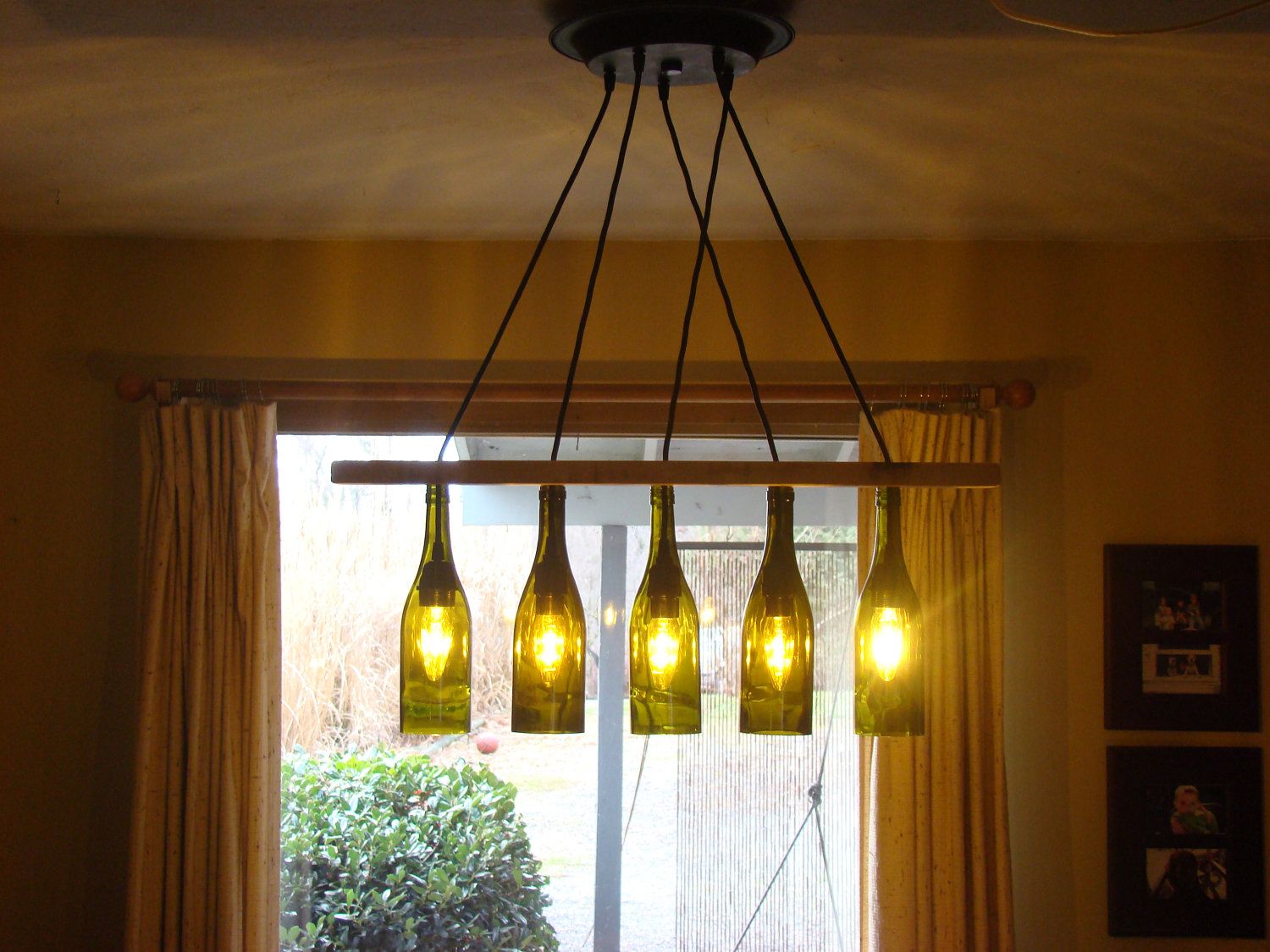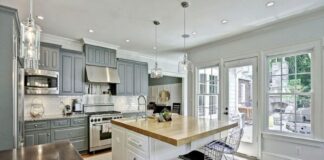Light can often be the sacrificial lamb of construction. Sometimes developers compromise on it in favor of other features or to cut costs. It could also be that upcoming neighboring constructions are slowly robbing your property of light.
If you happen not to spend a lot of time in your home, insufficient light may have escaped your attention. However, due to Covid-19, most of us are spending more time at home. You may have finally begun to realize just how dark some parts of your home are.
Let’s take a look at some improvements you can make to remedy your situation.
Natural Light
Your body and mental health benefit a great deal from exposure to natural light. Sunlight is an important source of vitamin D and an essential source of warmth. It is also a definite plus to be able to see in the daytime without having to switch on a light.
You could improve natural light in your home by:
Learning the Path of the Sun
We all know that the sun rises in the East and sets in the West. However, you will additionally need to figure out how the position of your house relates to the sun’s journey. There are established methods to do this or you could choose to consult an architect.
The point of this exercise is to help you understand which parts of your home are light-facing. Once you have that figured out, you can then find out how to capitalize on them. Making unguided changes may not give you the results you are hoping for.
Getting New Walls
Have you been yearning for a work-out? You may be in luck. When you find out which sides of your house are light-facing, consider taking down your traditional walls. In their place, put in some glazing to allow more light into your space.
Glazing is specially manufactured glass for windows, doors, and for use as walls in construction. It is toughened and can withstand great amounts of pressure. In addition, good quality glazing is designed to keep your home properly insulated.
Before you reach for the demolition hammer, consult a structural engineer. They will advise you on which walls are load-bearing and how you can effect your desired changes. If all goes well, your home should soon be flooded with light.
Skylight
There is more than one way to get access to the sun. If you feel that knocking down walls is a tad too dramatic, a skylight would be a great compromise. You could opt for one or a series of them, depending on the design of your home. For durability and safety, have them installed with good quality double layered glazing at the least.
Obstacles
As you observe the path of the sun around your home, look out for obstacles too. You may be surprised to learn that the problem is not the position of your home but obstruction. Trees and overgrown hedges are common culprits.
Some jurisdictions have strict rules in regard to cutting trees, so that may not be a feasible solution. Explore alternatives, such as pruning, which may be more acceptable. Hedges that are close to windows and have grown too tall can always be trimmed down to size.
Decor can be a form of obstruction as well. For instance, heavy blinds bar more light than sheers. Similarly, large furniture pieces placed directly in the line of windows may be obstructive to the flow of light. Rearranging such areas in your home would be in order.
Artificial Light
While natural light is highly recommended artificial light is equally indispensable especially in the night. Additionally, there are nooks and crannies that natural light simply may not reach.
So, what are your options for better artificial lighting?
Recessed Lighting
Picture this, you have finally caved into quarantine life and decided to try your hand at shaving from home. You get your shaver ready and layout the highly recommended private label barber products you bought. Only then do you look into the mirror to realize that you can hardly see your reflection.
Recessed lighting is a good solution for such problem areas. It is not overbearing given as the lamps are usually small but it gives you all the illumination you need. Besides mirrors, you can use it in the kitchen underneath cabinets too to illuminate work surfaces.
Lamps
Lamps complement your decor and serve a functional purpose at the same time. What more could you ask for?
Identify the areas that could do with some additional light fixtures. They are mostly spots that do not get the full benefit of an overhead bulb.
If you are worried about the cost of fancy lamps, consider upcycling empty wine bottles among other creative lamp concepts.
Paint
Reflection is a big part of how your house carries light. Reflection refers to how light bounces off of surfaces. In the context of your home walls are the largest surfaces thus they have the biggest effect.
The paint on your walls could be making your house darker. Scientifically speaking, darker colors reflect light lesser than lighter hues. You may want to weigh the idea of using lighter shades on some walls.
Alternatively, opt for paints that have a glossy finish. Due to their sheen, they will make your space more vibrant and help with the reflection problem.
Conclusion
According to medical researchers, natural light is essential in fighting off, as well as, preventing depression. Dark spaces are also associated with inducing fatigue and generally reducing productivity. If you have been feeling listless around your poorly lit home, now you know why.
Getting some light into your home may completely change how you experience it. You will likely notice it becoming warmer when the sun is out, for example. That will undoubtedly be good for your heating bill, won’t it?
There is no reason to live in deprived misery. Put your back into making some changes and soon enough you will see your effort in a new light, literally.

